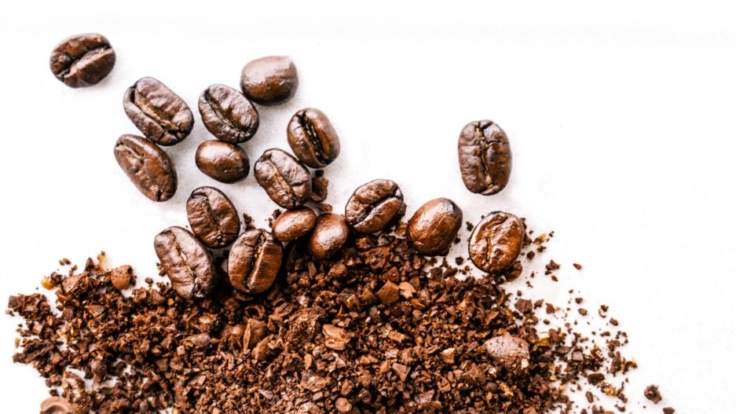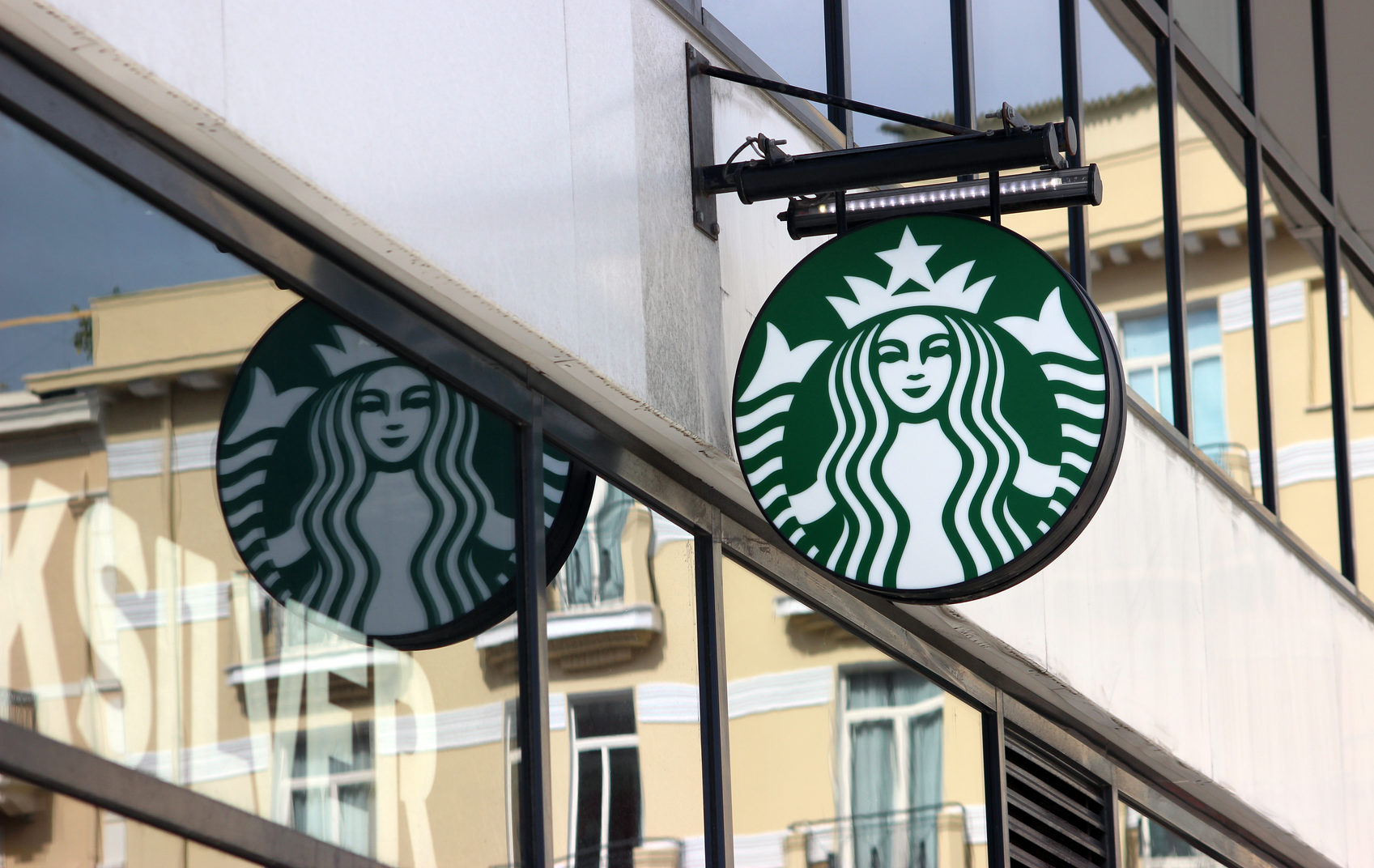How Much Would You Pay for a Cup of Kope (Coffee)?
Can You Be a Coffee-Loving Locavore?
The word “locavore” first appeared around 1998. It has since become a mainstream trend to favor food produced by local sources. Locavores are driven by various goals – supporting local farmers, trying to eat what’s in season locally, or seeking to reduce carbon emissions by eating food that traveled a shorter distance to their market. What they probably don’t have top of mind is reducing the U.S. trade deficit by shifting purchases away from imports and toward local fruits, vegetables, wines, cheeses, and other items.
In an era where “Buy American,” has some cache, the locavore trend fits right in. But for the two-thirds of Americans who drink at least one cup of coffee per day, it’s nearly impossible to be a true locavore.
Coffee Grows Where It’s Siempre Primavera (Always Spring)
Coffee grows under very specific conditions: The plants that produce coffee beans are usually found within 15 degrees of the equator, and at high elevations. This produces the climate required for coffee plants: cool, but not cold nights; and periods of both sun and rain.
In fact, more than three-quarters of U.S. coffee imports in recent years come from just four countries: Brazil, Colombia, Vietnam, and Honduras. These countries all have warm days, cool nights, and plenty of rain — what some Latin American growers call siempre primavera (“always spring”). Of course, they also have much cheaper labor forces than the U.S. has for cultivating the coffee beans.
Image credit: achillescoffeeroasters.com/major-coffee-growing-regions-of-the-world/Globally, the world consumes 12 billion pounds of coffee every year, and Americans are among the biggest coffee fans after Europeans. As you might therefore expect, Americans can hardly get enough of imported coffee beans. In the most recent marketing year, the United States imported 27.6 million bags of coffee (with each bag weighing 60 kg). The European Union, the world’s biggest importer of coffee, imports even more than it consumes each year.
Coffee from the Big Island
With so much imported coffee, and such unfavorable growing conditions for coffee, one might imagine that no coffee is grown in the United States. However, one state meets all the necessary conditions— rugged terrain, high elevations, sun and rain—for growing coffee: Hawaii.
There are 800 coffee farms in Hawaii that produce between seven and nine million pounds of coffee beans per year, or one-fifth of one percent of the coffee Americans consume each year. Roughly half of Hawaiian-produced coffee is Kona coffee, named for the North and South Kona regions of Hawaii’s Big Island, where the coffee is grown. Kona coffee is a luxury product. It grows on the Big Island’s steep slopes and requires manual laborers to cultivate — laborers who make American wages.
Kona Purists Pay a Steep Price
A quick glance at Kona coffee prices will tell you two things. First, as you would expect, it is often pricey: bags can cost between $20 and $50 per pound. And second, perhaps because it’s so pricey, most of the coffee sold under the Kona label is only ten percent Kona coffee beans. These Kona blends are more affordable, and thus more marketable, but only because they can use imported beans for up to 90 percent of the mixture and still use the Kona name.
In recent years, a few other coffee farms have sprung up around the United States, mostly in Southern California. But the environmental and labor conditions make these coffee farms even less economically efficient than Hawaii’s Kona coffee plantations. A cooperative of 24 plantations outside of Santa Barbara sold its beans to Blue Bottle, an upscale, “third wave” café chain, for $60 per pound (compared to Blue Bottle’s usual retail prices of $5 per pound for Ethiopian coffee or even $20 per pound for Hawaiian beans) last year. Blue Bottle customers paid $18 for a cup of the ensuing brew. Amazingly, the coffee sold out in two weeks.
Affordable Morning Joe Thanks to Trade
As the farm-to-table movement gathers steam, more Americans look to buy locally sourced food products. But without trade, and our ability to use other countries’ comparative advantage in coffee growing, our morning coffee would take a much heftier chunk out of our wallets.
After Blue Bottle’s success with $18 cups of coffee, a café in Rancho Cucamonga, California decided to buy local beans and market the coffee to Southern California locavores. The price for that brew? Fifty-five dollars per cup.








